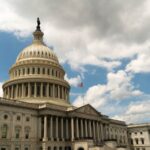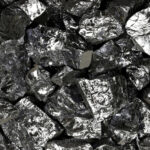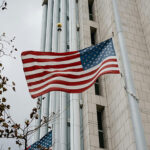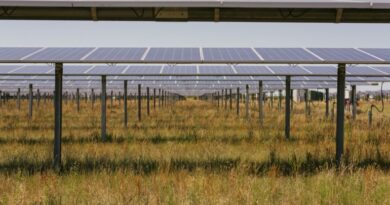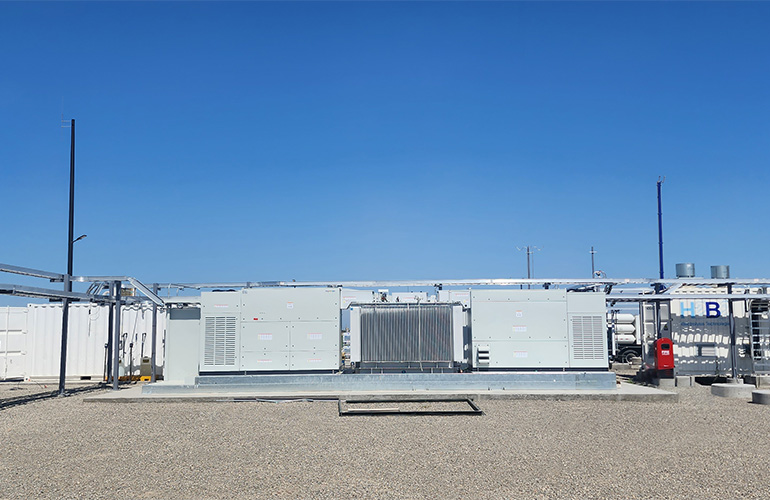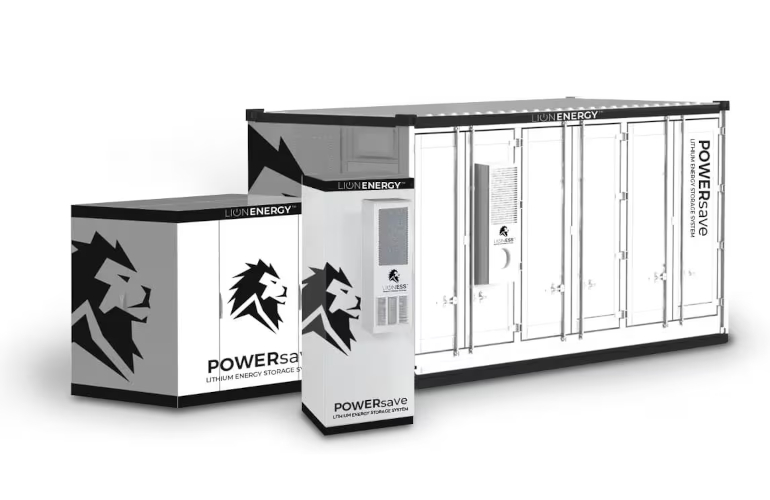The status of Section 301 tariffs on Chinese inverters
In 2018, the Trump administration imposed Section 301 tariffs on a long list of Chinese goods that included solar inverters and AC modules after finding “China’s acts, policies and practices related to technology transfer, intellectual property and innovation are unreasonable and discriminatory and burden or restrict U.S. commerce.” The tariffs started at 10%, but the administration raised them to 25% in 2019.
Chinese inverter manufacturers scrambled to come up with mitigation strategies to avoid being hit with cumbersome tariffs, including securing backup manufacturing facilities outside of China. See SPW’s list of global inverter manufacturing locations here.
When the Biden administration took office in 2021, new U.S. Trade Representative Katherine Tai began a thorough review of China trade policy and said she would keep all options open, including initiating new investigations under Section 301 trade law, according to Reuters.
Tai then opened a targeted review of a limited number of imports that were excluded from the 301 tariffs until the exclusion lapsed at the end of 2020. According to a State Department notice, the focus of her evaluation was “whether, despite the imposition of additional duties beginning in September 2018, the particular product remains available only from China.”
The Office of the United States Trade Representative accepted public comments from October to December 2021, then planned to “seek advice and consult with the agencies that make up the interagency Section 301 Committee, including the Small Business Administration,” per the notice.
A bipartisan group of more than 140 lawmakers wrote a letter to Tai on January 20, 2022, asking her to expand the scope of products eligible for exclusion from the Section 301 tariffs, saying many Americans work in industries that are “struggling to adjust their supply chains while remaining competitive with global competitors.” The solar industry has been hit hard by supply chain issues, with 56% of the global utility PV developments planned for 2022 at risk of cancellation or postponement due to the surging cost of manufacturing materials and shipping, per a Rystad Energy analysis.
According to a December 2021 brief by the Congressional Research Service, Section 301 actions terminate automatically after four years, unless the USTR receives a request for continuation and conducts a review of the case. That timeline would mean these 301 tariffs could expire this year without further intervention.
Click here for an update on the Section 232 tariffs on steel that impact the solar mounting sector.
You may also like:
<!–
–>
Original Source: https://www.solarpowerworldonline.com/2022/01/the-status-of-section-301-tariffs-on-chinese-inverters/





